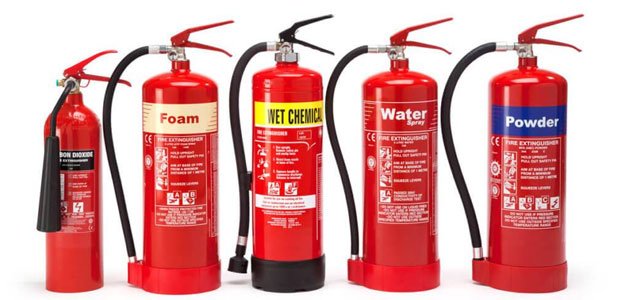The Essential Guide to Fire Extinguishers: Your First Line of Defense

Fire extinguishers are critical safety devices that can help save lives and property by controlling or extinguishing small fires before they escalate. Understanding the different types of extinguishers, how to use them effectively, and their maintenance is essential for any home or business. This guide provides an in-depth look at fire extinguishers and their importance in fire safety.
Why Fire Extinguishers Are Important
1. Life-Saving Devices
Fire extinguishers can be the difference between a small, manageable fire and a full-scale disaster. Quick access to an extinguisher allows individuals to respond promptly to a fire, potentially saving lives and preventing serious injuries.
2. Property Protection
In many cases, a small fire can cause extensive damage to property if not controlled swiftly. Fire extinguishers can minimize damage by allowing occupants to put out small fires before they spread.
3. Compliance with Regulations
Many local fire codes require businesses and commercial properties to have fire extinguishers readily available. Compliance not only ensures safety but can also protect businesses from legal liabilities.
Types of Fire Extinguishers
Fire extinguishers are classified based on the type of fire they can extinguish. Understanding these classifications is crucial for choosing the right extinguisher for your needs.
1. Class A Extinguishers
Class A extinguishers are used for ordinary combustible materials such as wood, paper, and cloth. They typically contain water or foam to smother fires.
2. Class B Extinguishers
Class B extinguishers are designed for flammable liquids like gasoline, oil, and grease. They usually contain dry chemical agents or carbon dioxide to extinguish flames.
3. Class C Extinguishers
Class C extinguishers are intended for electrical fires caused by appliances, wiring, or energized electrical equipment. They often use non-conductive agents like carbon dioxide or dry chemicals.
4. Class D Extinguishers
Class D extinguishers are specialized for fires involving combustible metals, such as magnesium or sodium. They contain dry powder agents that can smother these specific types of fires.
5. Class K Extinguishers
Class K extinguishers are specifically designed for kitchen fires involving cooking oils and fats. They use wet chemical agents to extinguish flames while preventing re-ignition.
How to Use a Fire Extinguisher
Knowing how to use a fire extinguisher effectively can make a significant difference in emergency situations. The acronym PASS is a simple way to remember the steps:
1. Pull the Pin
Remove the safety pin at the top of the extinguisher. This pin prevents accidental discharge.
2. Aim the Nozzle
Point the nozzle at the base of the fire. Aiming at the flames will not effectively extinguish the fire; targeting the base helps to eliminate the fuel source.
3. Squeeze the Handle
Firmly squeeze the handle to release the extinguishing agent. Maintain a safe distance from the fire while doing this.
4. Sweep from Side to Side
Using a sweeping motion, move the nozzle from side to side until the fire appears to be out. Monitor the area closely to ensure the fire does not reignite.
Maintenance and Inspection
Regular maintenance and inspection of fire extinguishers are vital for ensuring they function properly in an emergency. Here are some tips for keeping your extinguishers in top condition:
1. Routine Inspections
Conduct monthly visual inspections to check for any obvious signs of damage, such as dents or leaks. Ensure the pressure gauge is in the green zone and that the extinguisher is accessible and unobstructed.
2. Annual Professional Inspections
Have a qualified technician conduct an annual inspection and maintenance check. They will test the extinguisher’s functionality and replace any necessary parts.
3. Recharging and Replacing
If an extinguisher has been used, even partially, it must be recharged immediately. Additionally, extinguishers have a finite lifespan; ensure they are replaced according to the manufacturer’s recommendations.
The Importance of Training
While having fire extinguishers readily available is essential, knowing how to use them effectively is equally important. Many organizations offer fire safety training that includes hands-on practice with extinguishers. This training can help individuals feel more confident in using extinguishers during a fire emergency.
Conclusion
Fire extinguishers are a critical component of fire safety, serving as your first line of defense against small fires. By understanding the different types, knowing how to use them effectively, and maintaining them properly, you can protect yourself, your loved ones, and your property from the devastating effects of fire. Remember, while extinguishers are valuable tools, your safety is the priority—never hesitate to evacuate and call emergency services if a fire becomes unmanageable. Investing time in understanding and preparing for fire safety can make all the difference when it matters most.



